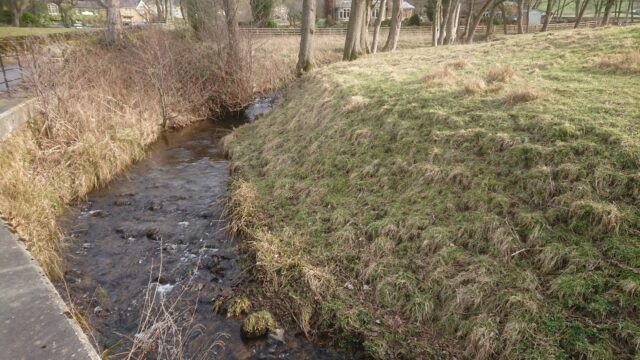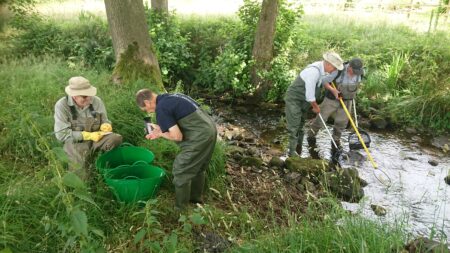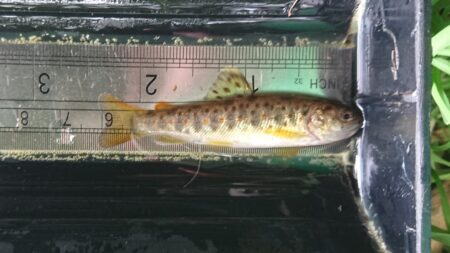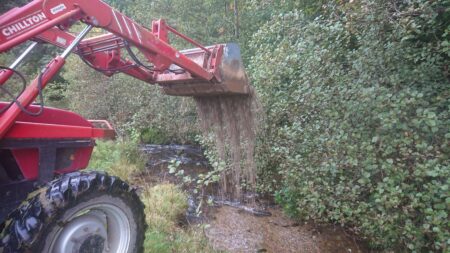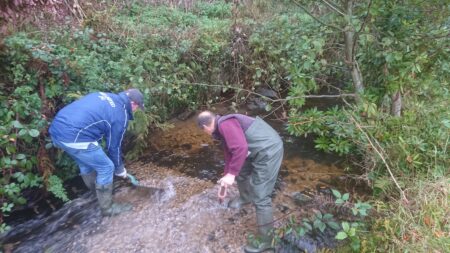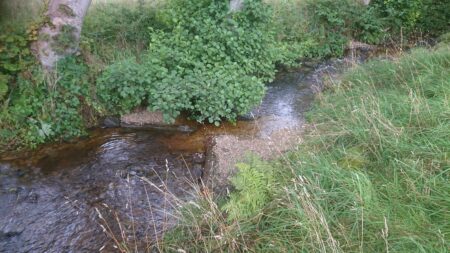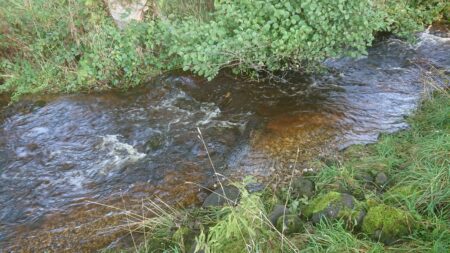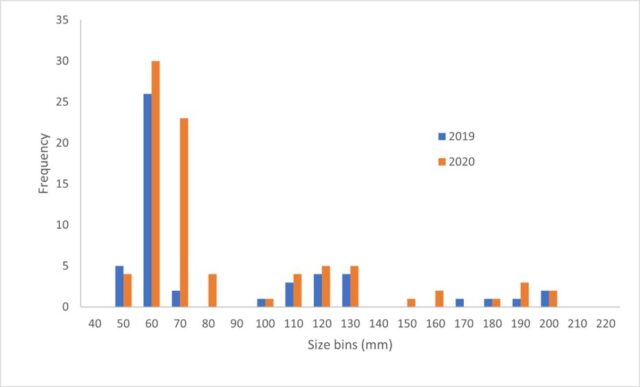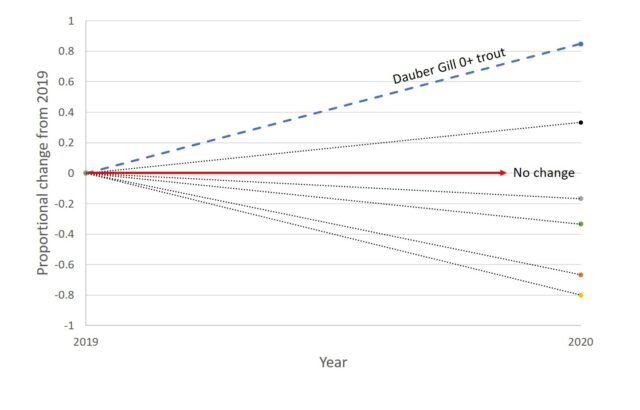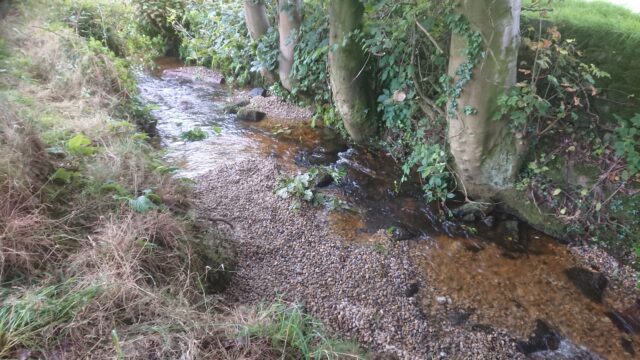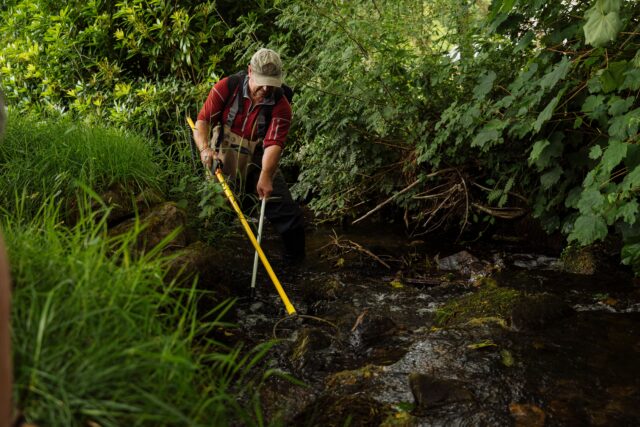I have said it before and no doubt I will say it again. “Build it, and they will come”. And they appear to have come quite rapidly and liked what they found… I’m talking about the wild trout of the River Nidd venturing into Dauber Gill.
Sometimes it takes a little while for our WTT advice to be taken up, and that could be for a whole host of reasons. It may take a certain catalyst. Nidderdale Angling Club was the recipient of an advisory visit from WTT in 2011. That report resurfaced in 2018 and prompted several members of the committee to contact me to prioritise plans and initiate some action. Like many clubs, historic decisions to stock the river were being scrutinised, and votes were cast to divert money previously spent on adding fish, into habitat rehabilitation instead to nurture the wild fish populations more sustainably.
